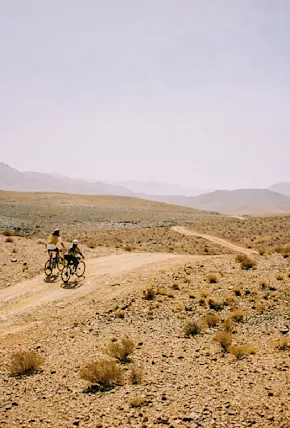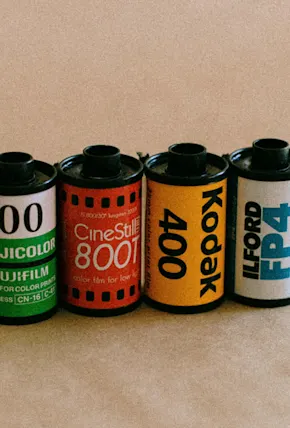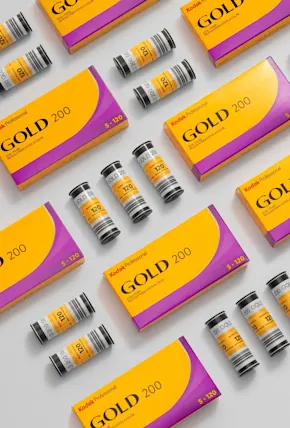Slide Film Cons
With all its amazing benefits, some drawbacks are worth noting before you order a year's supply of slide film. If you thought that Portra 400 was getting expensive, wait until you see Velvia 50. Yep, slide film is even more likely to burn a hole in the pocket of film camera owners. The extra chemicals required in developing make E-6 also more expensive to develop, too. While this is something you should keep in mind, don't let it stop you from trying slide film at least once.
Arguably the largest drawback of slide film is that it is frustratingly inflexible. Slide film has very little (read: zero) exposure latitude, therefore your metering demands scrupulous attention to detail. Many photographers would balk at the idea of shooting on Auto when loaded with a costly roll of slide film, not out of snobbery, but out of fear. You have to know what you’re doing to shoot slides, which is why it was (and still is) regarded as a professional film type.
This lack of dynamic range can be a hindrance when shooting in high-contrast lighting conditions, such as the middle of the day. In unforgiving light, there may not be enough exposure latitude to capture all the details in both the shadow and highlight areas. While you can always balance this in post when using good quality color negative film, with slide film, the highlights will be unrecoverable and shadows muddied. As such, it’s best to shoot slide film in good, consistent lighting.
On that note, it’s also important to mention that slide film also can't be color corrected in post (we're really selling this, aren’t we?), so the film must be balanced for the type of light you are shooting. Today, most slide film is daylight balanced (another limitation in itself), which some photographers may find restrictive. In the past, it was possible to buy tungsten-balanced slide film, but those days are no more (though you could use a filter, if you wanted).
Slide Film Stocks To Try
Kodak’s Ektachrome is arguably one of the most popular slide films that comes in 35mm and 120. Known for its rich detail and resolution, it provides vivid true-to-life colors and super fine grain that make it suitable for both landscapes and portraits.
Shop Kodak Ektachrome 100 (price per roll):
$22 from Moment
$22 from B&H
Fujifilm Velvia 50
Fuji Velvia is a low-speed film that produces stunning colors and ultra-fine grain. The name is a portmanteau of "Velvet Media," a reference to its supposed velvet smooth image structure. As far as slide film goes, it handles exposure latitude arguably the best of the bunch. (For a slightly higher ISO, there's also Velvia 100.)
Shop Fujifilm Velvia 50 (price per roll):
$30 from B&H
Fujifilm Fujichrome Provia 100
Fujifilm’s Provia 100F is considered one of the most versatile of all the slide films. It’s renowned for its ability to accurately replicate skin tones, and it’s probably the one film stock that dedicated slide shooters are most worried about going out of production.
Shop Fujifilm Fujichrome Provia 100 (price per roll):
$29 from B&H















